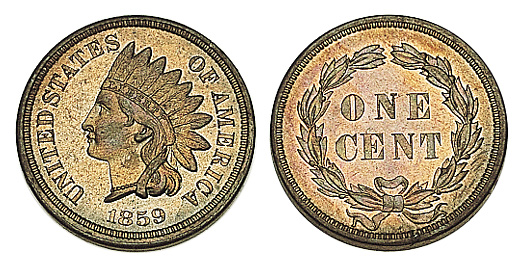Cent is a small United States coin worth one-hundredth of a dollar. Coins of this name were first made in the United States in the 1780’s. Similarly named coins were later used in Canada and other countries that based their system of money on the U.S. system.

The name cent was first suggested in the 1780’s by the American statesman Gouverneur Morris while he was serving as assistant superintendent of finance of the United States. Morris probably adapted the term from a Latin word meaning a hundred. People often refer to the cent as a penny.

After the American Colonies declared their independence from Britain in 1776, some of them began to make their own coins. The first cents were minted in 1785 by Connecticut and Vermont. Cents made in Massachusetts beginning in 1787 were the first coins to include the word cent as part of their design.
In 1787, the U.S. government hired private companies to produce a limited number of cents. Some experts believe that the design of these copper coins was suggested by the American statesman Benjamin Franklin. The coins were called Fugio cents or Franklin cents.
In 1792, the United States government set up its own mint to make coins to replace those of the separate states. The mint issued its first cents, which were made of copper, in 1793. Since then, cents have been minted every year except 1815, when the government ran out of copper. The government also issued half cents from 1793 to 1857, two-cent pieces from 1864 to 1873, and three-cent pieces from 1851 to 1889.
The U.S. cent has changed in appearance and composition over the years. Until 1857, it was about as large as a quarter and was made entirely of copper. In that year, the U.S. government introduced cents that were made of a copper alloy and were approximately the size of those used today. Today, cents are made of copper-coated zinc.
